Figuring Out Your Migraine Food Triggers (Without Losing Your Mind)
If you’re dealing with chronic migraines, you’ve probably heard it all. But let’s get one thing straight: food is rarely the only cause of a migraine, but it is a massive piece of the puzzle. Over years of helping people navigate this frustrating world, I’ve seen firsthand how understanding what’s on your plate can dramatically reduce how often attacks happen. This isn’t about a magic cure or a crazy restrictive diet. It’s about becoming a detective for your own body.
In this article
So, where do you even start? It can feel overwhelming, I get it. To make it less daunting, here are three things you can try this week to see if they make a difference.
- Swap your sandwich meat. Instead of processed deli turkey or salami, try using freshly cooked (and cooled) chicken breast. This one change cuts out a ton of potential preservatives.
- Supercharge your hydration. Just add one extra liter of water to your daily routine. Seriously. Sometimes it’s that simple. We’ll get into why later.
- Ditch the aged cheese. Skip the sharp cheddar or parmesan on your pasta for now. Try a dollop of ricotta instead. It’s a simple trade that could have a big impact.
Many people think of triggers as a simple switch—eat cheese, get a headache. But honestly, it’s more like an overflowing bucket. I call it the ‘migraine threshold.’ Imagine every potential trigger—a bad night’s sleep, a stressful work deadline, a change in weather, a glass of wine—adds a little water to your bucket. One thing alone might not be enough to cause a problem. But when you combine a few of them? The bucket spills over, and that spill is the migraine. The good news is that food is one of the things you can actually control, which can help keep that water level safely down.
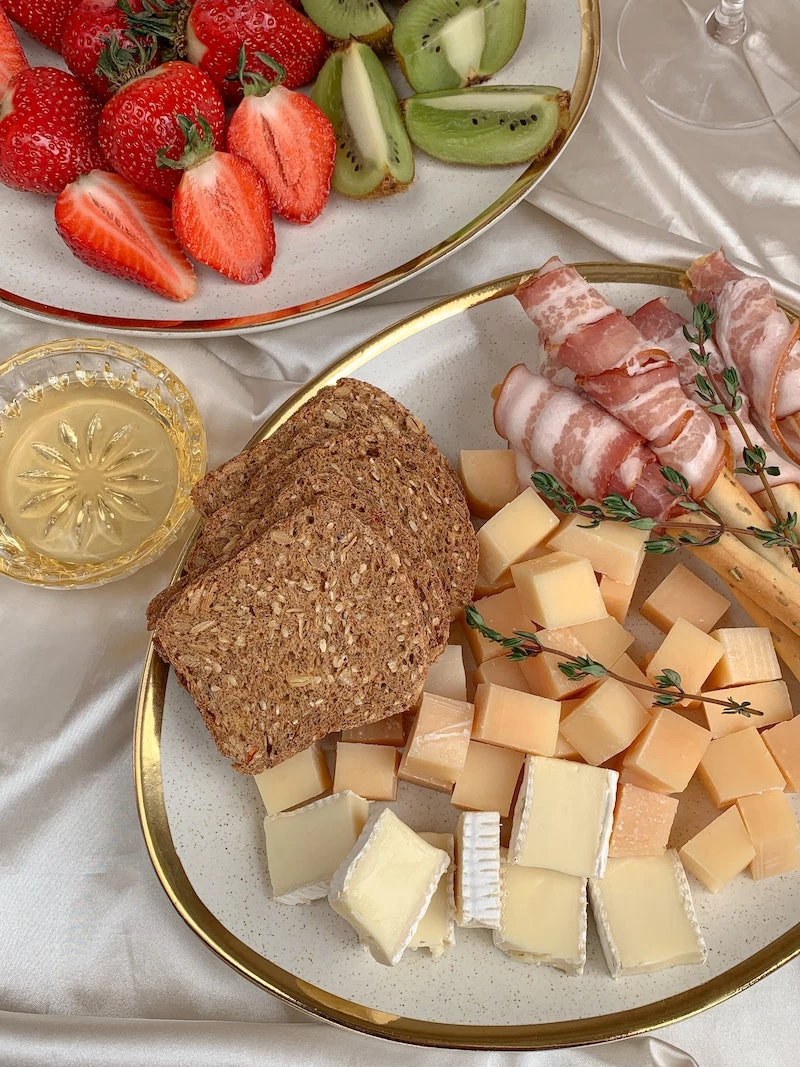
So, What’s Actually Happening in Your Body?
To really get a handle on this, it helps to know what’s going on behind the scenes. It’s not random. Certain chemicals in foods can kick off a nasty chain reaction if you’re susceptible.
A few of the main culprits include:
Tyramine: This is a big one. It’s an amino acid that forms as proteins in food break down over time. This is why aged, fermented, and even leftover foods are often the worst offenders. For some people, tyramine can mess with blood vessels, causing them to squeeze and then rapidly expand, which is a classic migraine trigger. Heads up: Tyramine levels skyrocket the longer food sits, so that ‘safe’ meal from three days ago might not be so safe anymore! Fresh is always best.
Histamine: Your body makes this stuff during an allergic reaction, but it’s also in many foods, especially fermented ones. If your body has a tough time breaking it down, eating high-histamine foods can create a similar reaction, migraine included. Think red wine, aged cheeses, and sauerkraut.
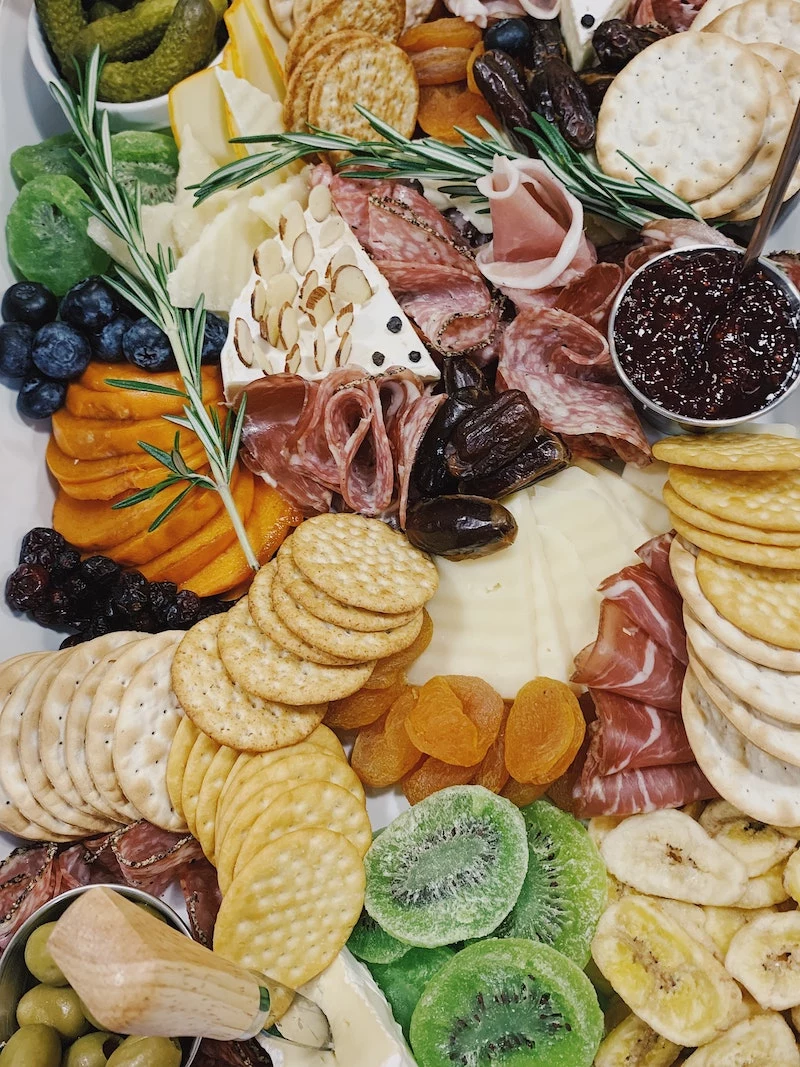
Nitrates and Nitrites: These are preservatives, plain and simple. You’ll find them in processed meats like bacon, hot dogs, and deli slices to keep them looking fresh. In your body, they can convert to nitric oxide, which is a powerful vasodilator (meaning it widens blood vessels). For a migraine-prone brain, that sudden expansion can be a direct trigger. Yep, the “hot dog headache” is a real thing.
Sulfites: Another preservative often found in wine (especially white), dried fruits, and some processed foods. For a small group of people, sulfites are a definite trigger for headaches, though the exact reason is still a bit of a mystery.
Tannins: These are naturally occurring compounds in things like red wine skins, tea, and dark chocolate that give them that dry, slightly bitter taste. Tannins can cause your body to release serotonin, and while serotonin is important, sudden shifts in its levels are a known pathway for migraines.
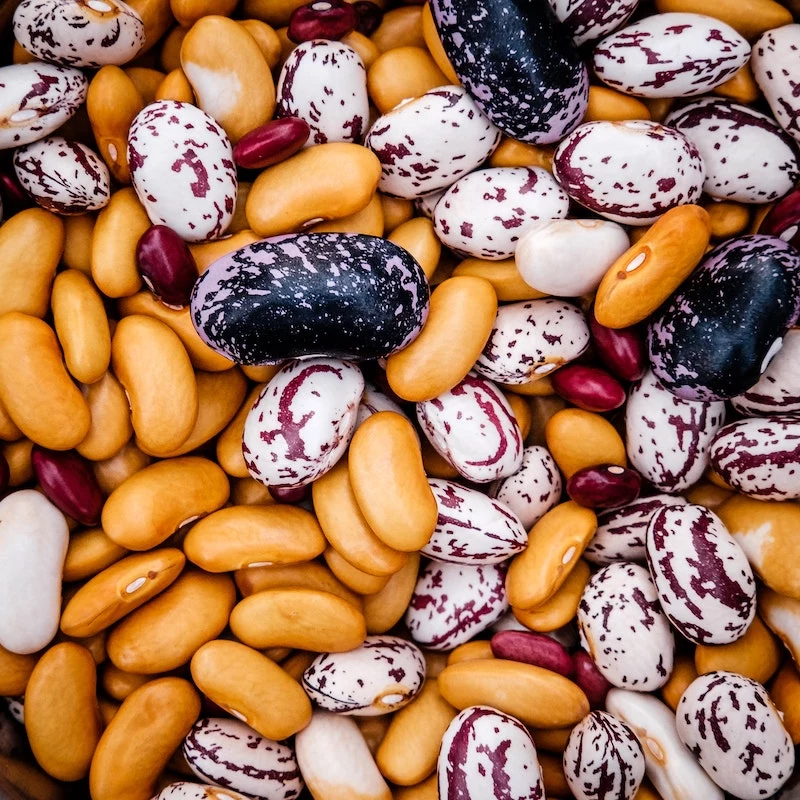
And then you have additives that directly poke at your nervous system, like Monosodium Glutamate (MSG), a flavor enhancer in countless processed foods, and Aspartame, an artificial sweetener in diet products. Both can overexcite nerve cells, which for some, is a one-way ticket to a migraine.
How to Play Detective and Find Your Triggers
Guessing what’s causing your migraines is a recipe for frustration. A systematic approach is the only way to get real answers. It takes patience, but trust me, the clarity you get is worth every bit of the effort.
The Elimination Diet: A Step-by-Step Guide
The elimination diet is the gold standard, but the name sounds intimidating. It’s not about starving; it’s about simplifying. You create a baseline of ‘safe’ foods and then carefully reintroduce others one by one. I always recommend doing this with a doctor or dietitian, but here are the basic principles.

Phase 1: The Elimination (plan for 3-4 weeks). In this phase, you’ll cut out all the common suspects. This means no aged cheese, processed meats, alcohol, caffeine, chocolate, citrus, nuts, onions, fermented foods, or anything with MSG or artificial sweeteners. It sounds brutal, I know. But what you can eat is still a lot: plain rice, cooked veggies like spinach and bell peppers, non-citrus fruits like pears, and fresh poultry or fish. The first week can be tough, especially if you’re coming off caffeine (more on that in a sec), but it gives your body a clean slate.
So what does a day of eating actually look like? It’s more manageable than you think:
- Breakfast: Plain oatmeal made with water, topped with some chopped pear and a sprinkle of pumpkin seeds.
- Lunch: A simple salad with grilled chicken breast, spinach, cucumber, and a drizzle of olive oil with a pinch of salt.
- Snack: An apple or a couple of plain rice cakes.
- Dinner: Baked salmon with a side of brown rice and steamed green beans.
See? It’s doable. To save money during this phase, buy frozen fruits and vegetables and look for cheaper cuts of fresh meat or poultry that you can cook at home.
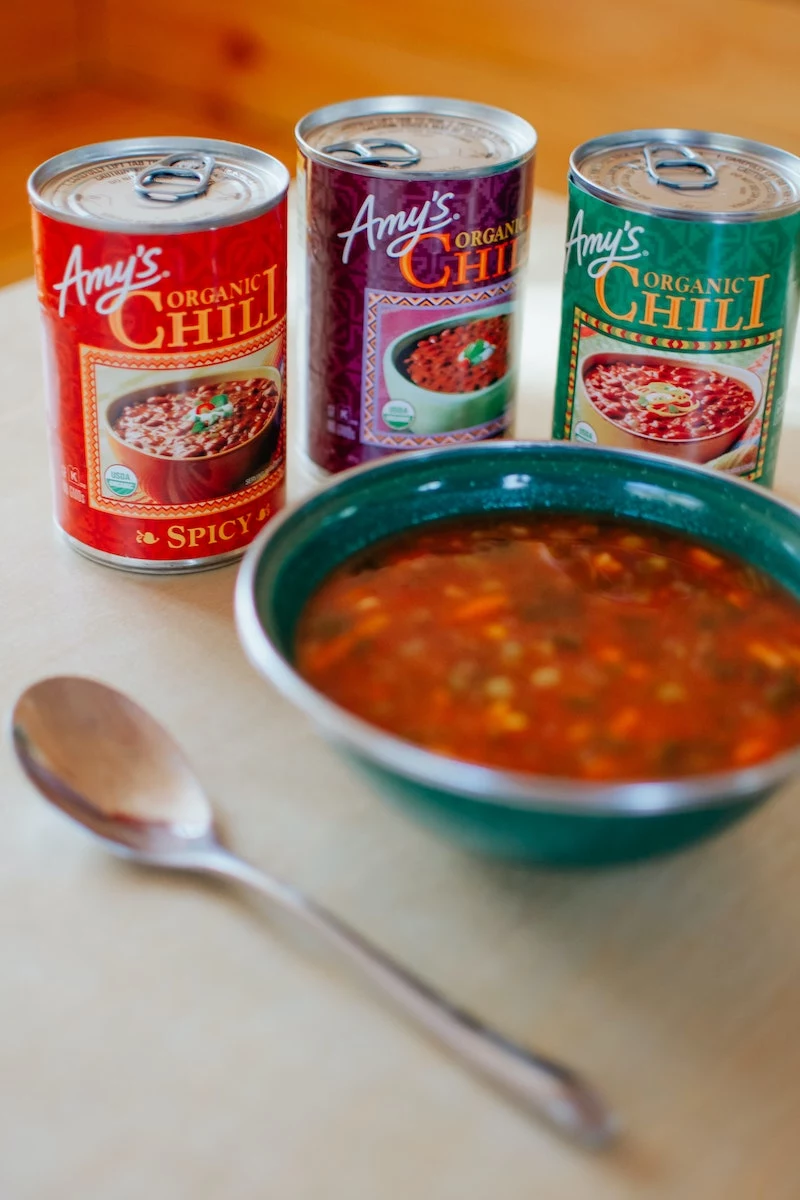
Phase 2: The Reintroduction (Go Slow!). If your migraines have improved after a few weeks, it’s time to reintroduce foods. This is where the real detective work happens. Introduce ONLY one new food group every three days. For example, on a Monday, you could try a handful of almonds. Then you wait. You do nothing else new until Thursday. If no migraine happens, you can probably consider almonds safe for now. On Thursday, you could try a small piece of cheddar cheese. If a migraine hits on Friday… well, you have a very likely suspect. Stop that food and wait until you’re symptom-free before trying the next thing on your list.
Your Secret Weapon: The Food and Symptom Diary
You absolutely cannot do this without a detailed diary. Your memory will fail you. For years, I’ve had people use a simple notebook, and the patterns that emerge are often shocking.
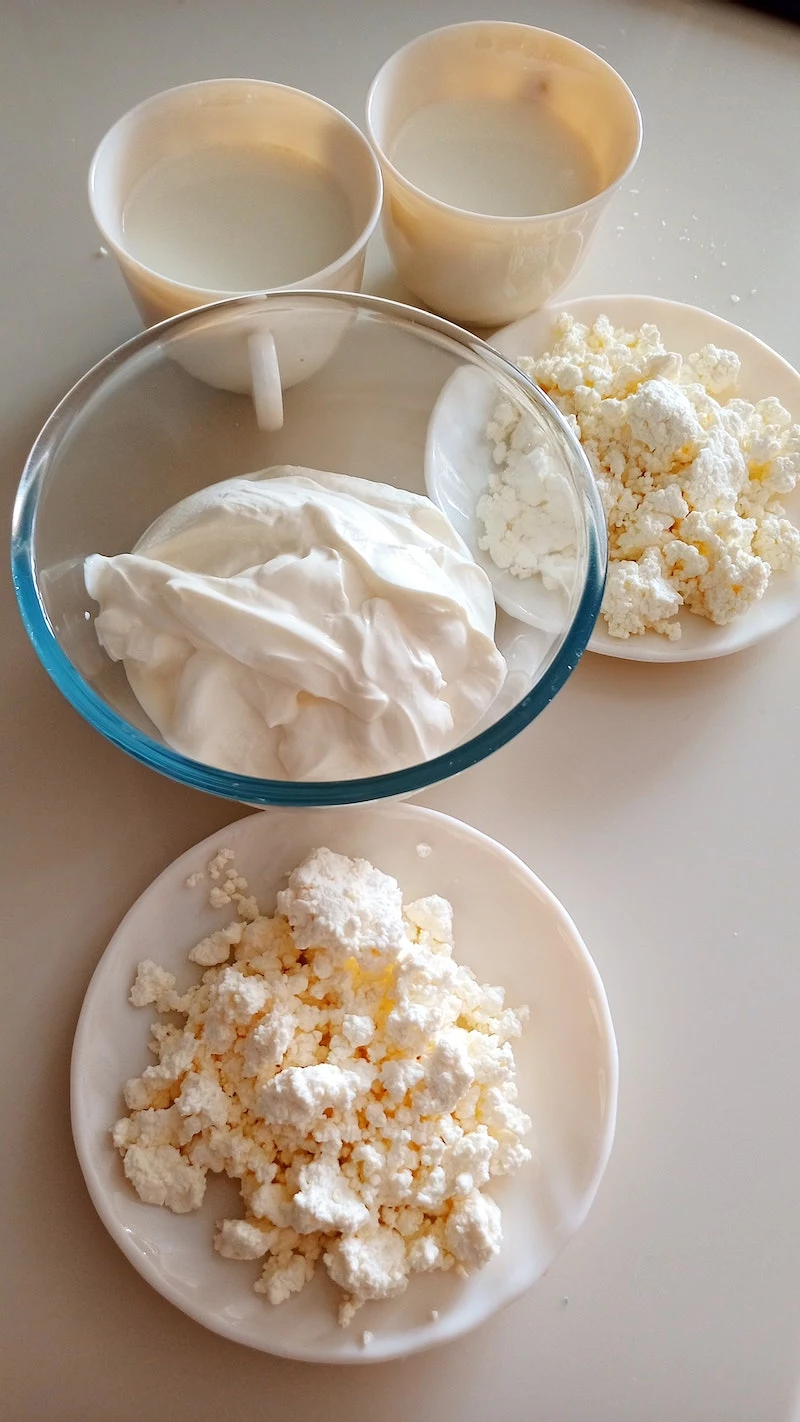
A good entry includes more than just food. For example:
“Tuesday, 10:15 AM: Migraine starting. Pain is a 7/10, throbbing behind my left eye. Feeling nauseous.
Sleep: 6 hours, woke up stressed at 3 AM.
Stress Level: 8/10, big work deadline today.
Food/Drink: (Mon 8 PM) Leftover chicken & rice. (Tues 8 AM) 1 cup black coffee, 1 banana.
Weather: It’s cold and rainy.”
Looking at this entry, was it the banana? Or the coffee? Or the lack of sleep, the high stress, the weather, or the leftover chicken (hello, tyramine!)? This is trigger stacking in action! The diary helps you see that it’s often a combination of factors, not just one thing.
A Closer Look at Common Trigger Foods (and Smart Swaps)
Let’s get practical. Knowing what to avoid is good, but knowing what to replace it with is even better.
Aged, Cured, and Fermented Stuff: This is all about tyramine and histamine. Instead of hard, aged cheeses like Parmesan or sharp cheddar, try fresh options like Ricotta, cottage cheese, or cream cheese. Instead of processed meats like salami or hot dogs, opt for freshly roasted turkey or chicken breast. And while fermented foods like kimchi and kombucha are trendy, they can be a problem; it’s best to avoid them during an elimination phase.

Alcohol: This is a tough one for many. Red wine is often the biggest problem because it has tannins, histamines, AND sulfites. If you’re going to have a drink, a clear spirit like vodka or gin mixed with soda water is often better tolerated. But no matter what, for every alcoholic drink, have a full glass of water. It won’t stop a chemical trigger, but it will prevent dehydration from making it a million times worse.
Caffeine: The Ultimate Paradox
Caffeine is tricky. It can cause migraines, but it’s also used to treat them (it’s a key ingredient in Excedrin for a reason). The key is consistency. If you drink a lot of coffee, your body gets used to it. Skip a day, and you get a withdrawal headache that can easily become a migraine.
My advice is to either eliminate it completely or keep your intake modest and ruthlessly consistent—the same amount, at the same time, every single day. If you want to quit, DO NOT go cold turkey. You’ll trigger a monster of a headache. Taper off slowly:
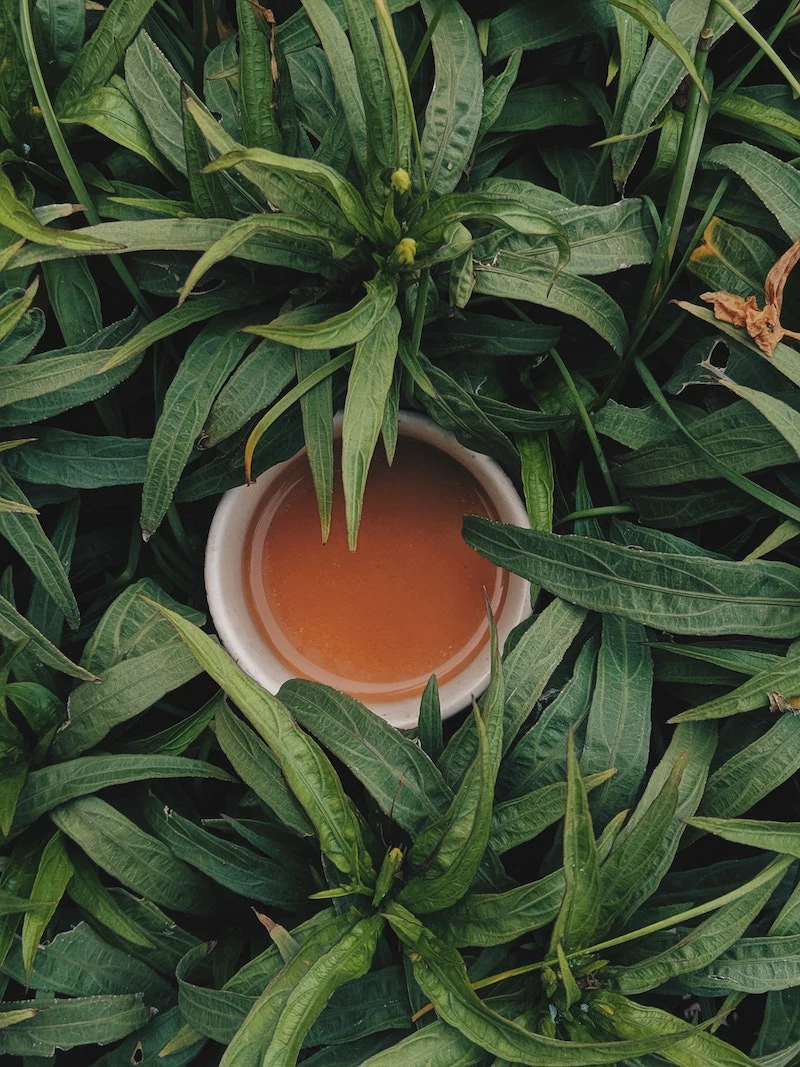
- Week 1: Cut your current intake by half. If you drink two cups, go down to one.
- Week 2: Switch to half-caff coffee or black tea for another week.
- Week 3: Switch to green tea, which has even less caffeine.
- Week 4: You can switch to herbal, caffeine-free tea and be in the clear.
Foods and Habits That Can Help
It’s not all about avoidance! You can also build up your defenses.
First and foremost: Hydration. I can’t say this enough. Dehydration is a huge, easily avoidable trigger. A good rule of thumb is to drink half your body weight in ounces of water per day. (If you weigh 150 lbs, that’s 75 oz). To make it happen, get a big water bottle with time markers on it, or just set an alarm on your phone to remind you to sip every hour. Adding a pinch of sea salt and a squeeze of lemon can help with electrolyte absorption.
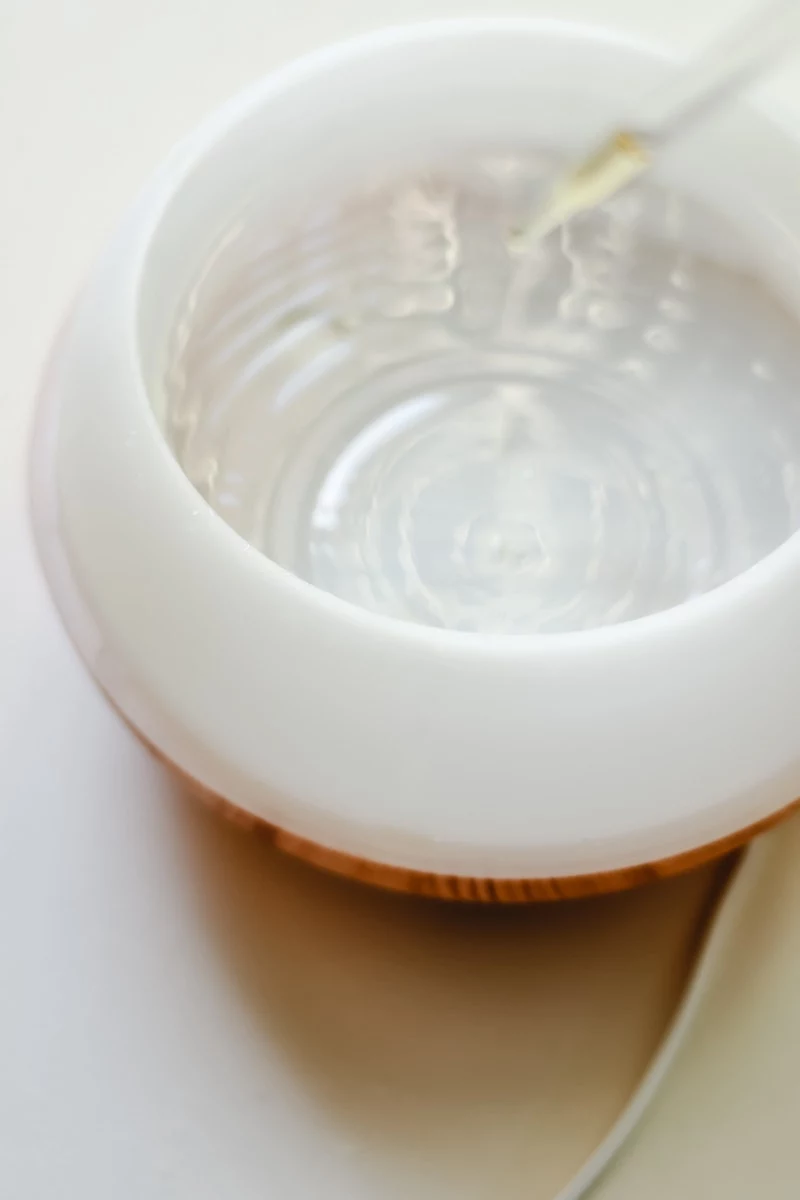
Some natural helpers have also shown real promise:
- Ginger: This root is a rockstar for nausea, but it’s also a powerful anti-inflammatory. Some research has found that a small dose of ginger powder can be as effective as a prescription drug for stopping a migraine. For a fresh, soothing tea, just grate about a one-inch piece of fresh ginger root (you can find it in any grocery store for a dollar or two) into a mug, cover it with boiling water, and let it steep for 10 minutes.
- Peppermint Oil: This isn’t for eating! But the cooling sensation of menthol can be a fantastic distraction from pain. CRITICAL SAFETY NOTE: Never, ever apply pure peppermint essential oil to your skin. It’s highly concentrated and can cause a nasty burn. You have to dilute it. Mix 2-3 drops of peppermint oil with a teaspoon of a carrier oil like coconut or jojoba oil (available for $10-$15 online or at health food stores) and then gently rub it on your temples, forehead, and the back of your neck.
- Magnesium-Rich Foods: There’s a strong link between magnesium deficiency and migraines. You can boost your intake through food. Focus on leafy greens like spinach, seeds like pumpkin and chia, and (carefully!) nuts like almonds. Dark chocolate (70% cacao or higher) is also a source, but be mindful, as chocolate itself can be a trigger for some people.

When Things Get Complicated & Why a Pro Can Help
Sometimes, even with a perfect diary, the patterns are blurry. You might be dealing with delayed reactions, where a trigger doesn’t cause a migraine for 12 or even 24 hours. Or it could be that trigger stacking we talked about—a banana is fine on its own, but a banana after a terrible night’s sleep is a problem.
And remember, it’s never just about food. An inconsistent sleep schedule, stress, hormonal cycles, and even changes in barometric pressure are all powerful triggers.
This is why working with a professional—a neurologist, headache specialist, or registered dietitian—can be a game-changer. This guide is for educational purposes, based on professional experience and research, but it is not a substitute for a real medical diagnosis. A pro can help you make sense of your diary, ensure your diet is nutritionally sound, and discuss other treatment options. It’s not a sign of failure; it’s a sign you’re taking your health seriously. Managing migraines is a team effort, and you are the most important player on that team.
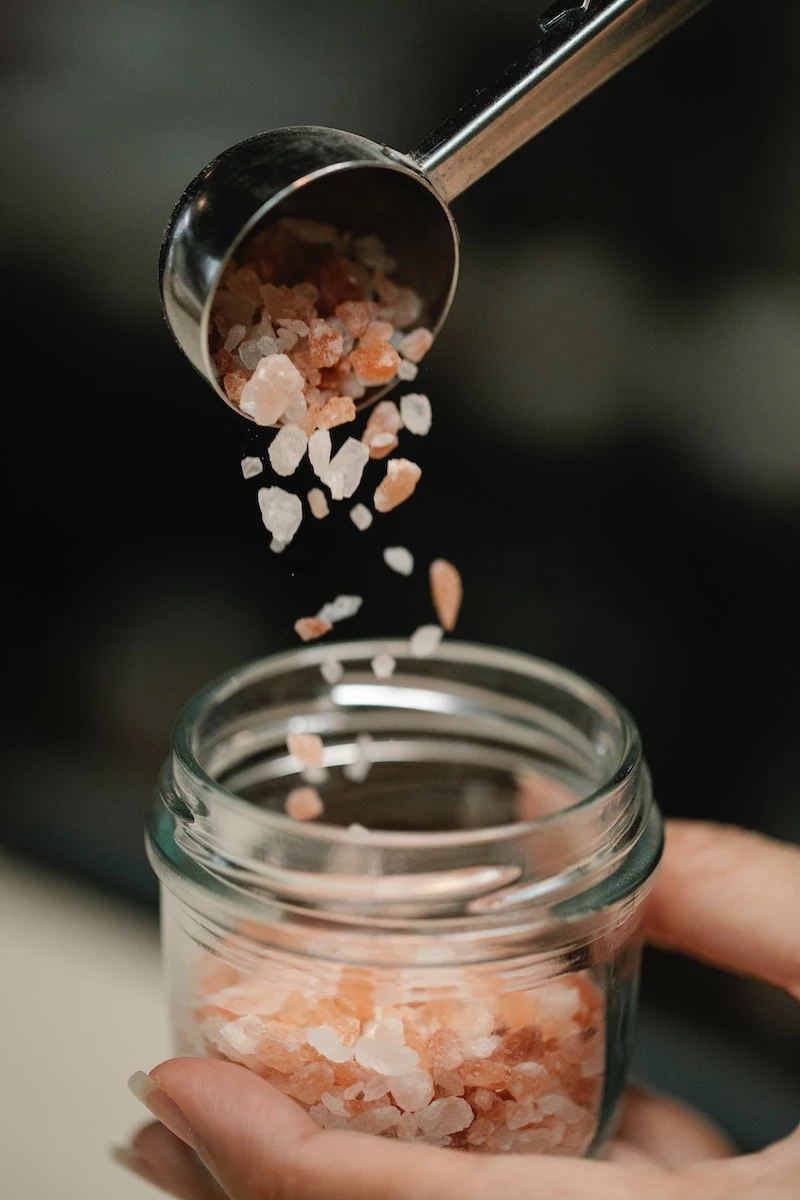
Inspirational Gallery
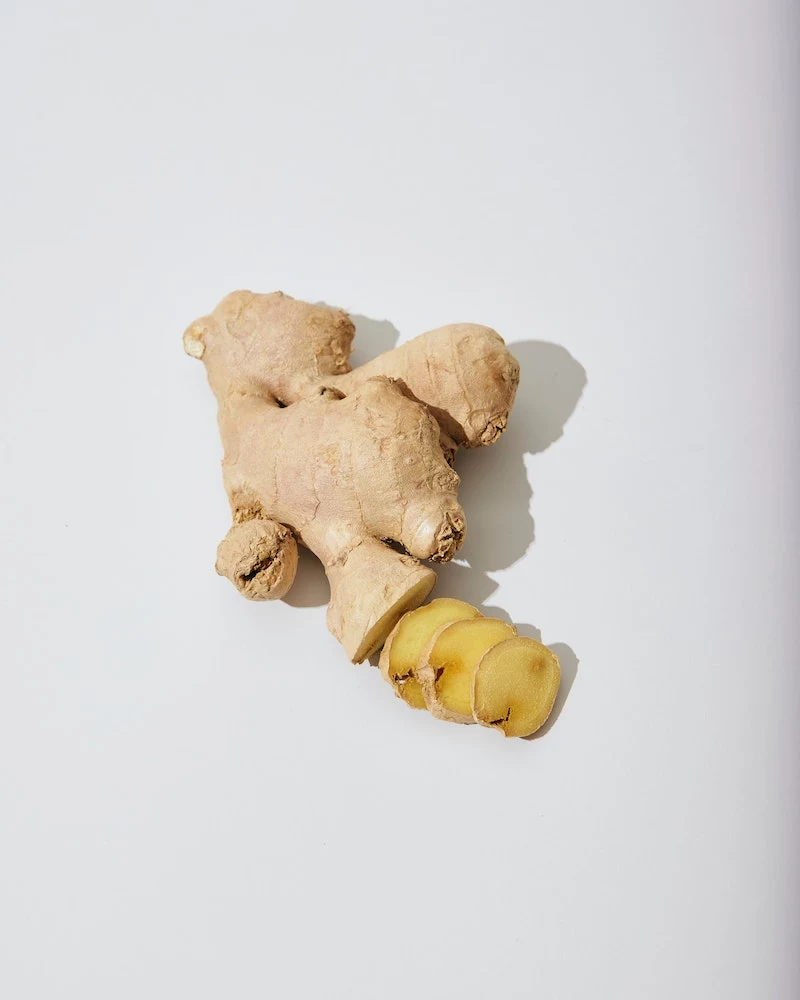

I avoid takeout, so I’m safe from MSG, right?
Not always. Monosodium glutamate is a common flavor enhancer hiding in many supermarket staples. Check the labels on your favorite ranch dressing, seasoned chips like Doritos, canned soups, and even bouillon cubes. It often goes by other names like
Did you know that magnesium deficiency is linked to a higher frequency of migraine attacks? Studies suggest up to 50% of migraine sufferers may have low levels of this crucial mineral.
While not a food trigger in the classic sense, insufficient intake can lower your migraine threshold. Before reaching for supplements, try incorporating magnesium-rich foods into your daily diet. Think spinach, pumpkin seeds, almonds, and avocado. Adding a handful of pumpkin seeds to your morning yogurt is an easy first step.










